Veterinary Clinic
Rising threat: Preventing heat stroke in your pets
As the summer heat intensifies, it is crucial to take proactive measures to protect our beloved pets from heat stroke. Heat stroke can be a life-threatening condition for dogs and cats, but with proper awareness and preventive measures, we can ensure their safety and well-being. In this blog, we will discuss various ways to prevent heat stroke in our furry friends, providing valuable insights and guidelines for responsible pet owners.
How Can I Prevent My Dog from Getting Heat Stroke?
Never leave your dog in a parked car
One of the most important things to remember is to never leave your dog in a parked car, even for a short period. On a warm day, the temperature inside a parked car can skyrocket within minutes, leading to heat stroke and potentially fatal consequences. It is always safer to leave your furry companion at home or find pet-friendly establishments when running errands.
Provide access to shade and fresh water
Ensuring that your dog has access to shade and fresh water at all times is vital. Dogs regulate their body temperature through panting, and having a cool and shady spot to rest can help prevent overheating. Keep multiple water bowls around the house and refill them regularly to keep your dog hydrated.
Limit exercise during peak heat hours
Exercise is important for dogs, but during hot weather, it is crucial to be mindful of the timing. Avoid exercising your dog during peak heat hours, typically between 10 a.m. and 4 p.m. Instead, schedule walks and playtime during the early morning or late evening when temperatures are cooler.

How Can We Prevent Heat Stroke in Animals?
Educate yourself about your pet’s breed and individual needs
Different breeds and individual animals have varying levels of tolerance to heat.
Understanding your pet’s breed-specific characteristics and unique needs can help you tailor preventive measures accordingly. Brachycephalic breeds, such as Bulldogs and Pugs, are especially susceptible to heat stroke due to their shorter snouts, making it important to provide extra care and attention.
Create a cool environment at home
Make your home a comfortable haven for your pets during hot weather. Ensure proper ventilation, use fans or air conditioning, and close curtains or blinds to block out direct sunlight. Consider providing cool surfaces or cooling mats for your pet to lie on, aiding in temperature regulation.
How Do You Prevent Heat Exhaustion in Cats?
Keep cats indoors during hot weather
Cats are also vulnerable to heat stroke, and it is advisable to keep them indoors during sweltering temperatures. Indoor cats are at a lower risk of overheating, as they can seek out cooler spots within the house. If your cat spends time outdoors, provide them with shaded areas and fresh water to keep them cool.
Groom your cat regularly Regular
Grooming helps to remove excess fur, promoting better airflow and preventing overheating. Brush your cat’s coat to remove loose hair and prevent matting, which can impede proper thermoregulation. However, avoid shaving your cat’s fur entirely, as it can offer protection from sunburn and provide insulation against extreme temperatures.

At What Temperature Do Dogs Get Heat Stroke?
While the risk of heat stroke in dogs is influenced by various factors, including humidity and breed, it is essential to be aware of the temperature thresholds that can be dangerous for our furry companions. Dogs can be susceptible to heat stroke when the ambient temperature exceeds 90 degrees Fahrenheit (32 degrees Celsius). However, it’s important to note that individual dogs may have different tolerances, and other factors such as humidity and duration of exposure also play a significant role.
Defend against a deadly threat with preventative measurements
Preventing heat stroke in dogs and cats requires proactive measures, responsible pet ownership, and an understanding of the risks involved. By following the guidelines discussed in this blog, such as avoiding leaving pets in parked cars, providing shade and fresh water, and limiting exercise during peak heat hours, we can ensure the well-being of our furry friends during the hot summer months. Remember, a little extra care and attention can go a long way in safeguarding our pets from the potentially life-threatening effects of heat stroke. For further information or any concerns, feel free to contact Petinary Clinic at (608) 255-1239 or reach us via email at yellowlabone@gmail.com. Our address is 1014 Williamson St., Madison, WI, United States.
Stay cool, stay safe, and keep your pets protected!

Understanding the Risks Associated with Outdoor Cats and the Vital Role of Your Trusted Veterinarian
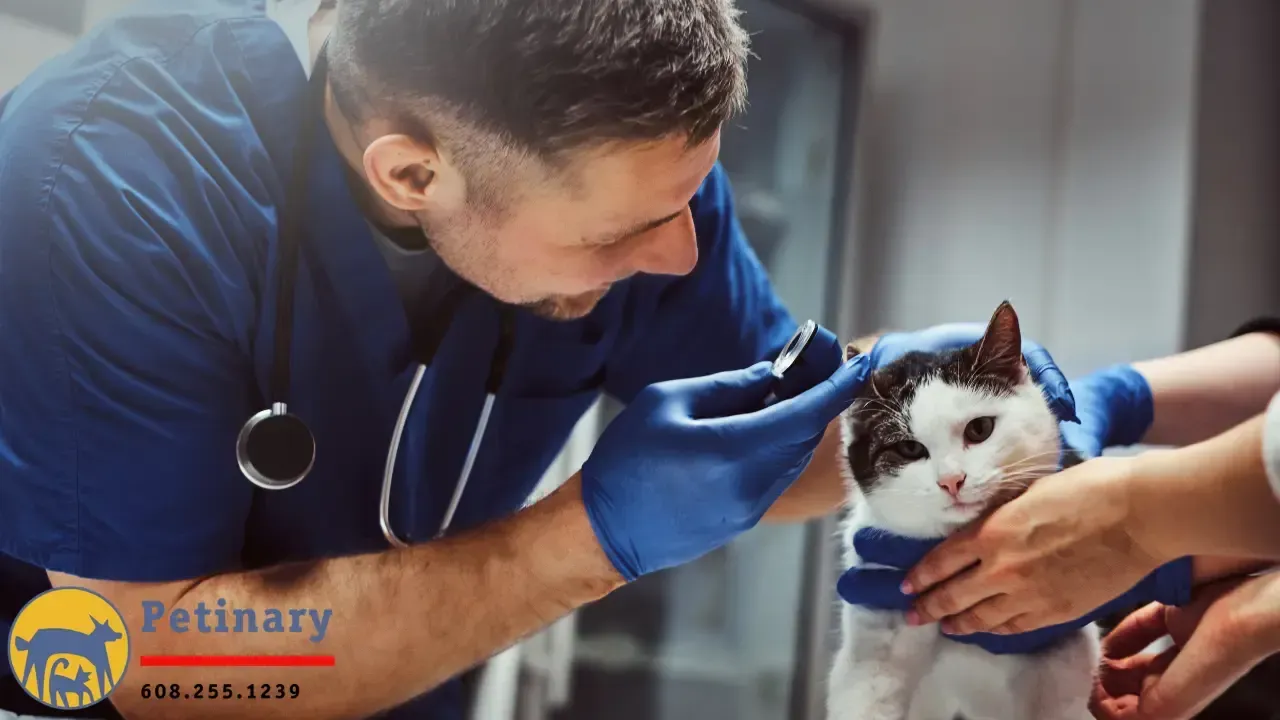
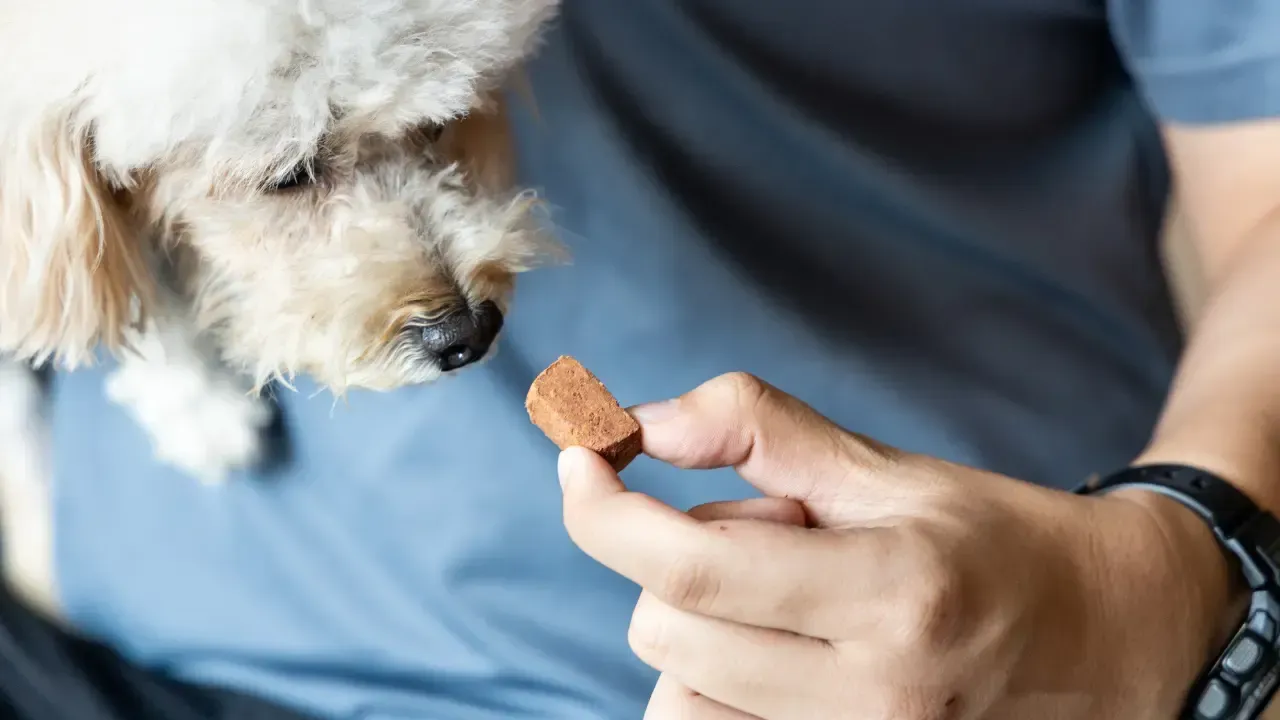

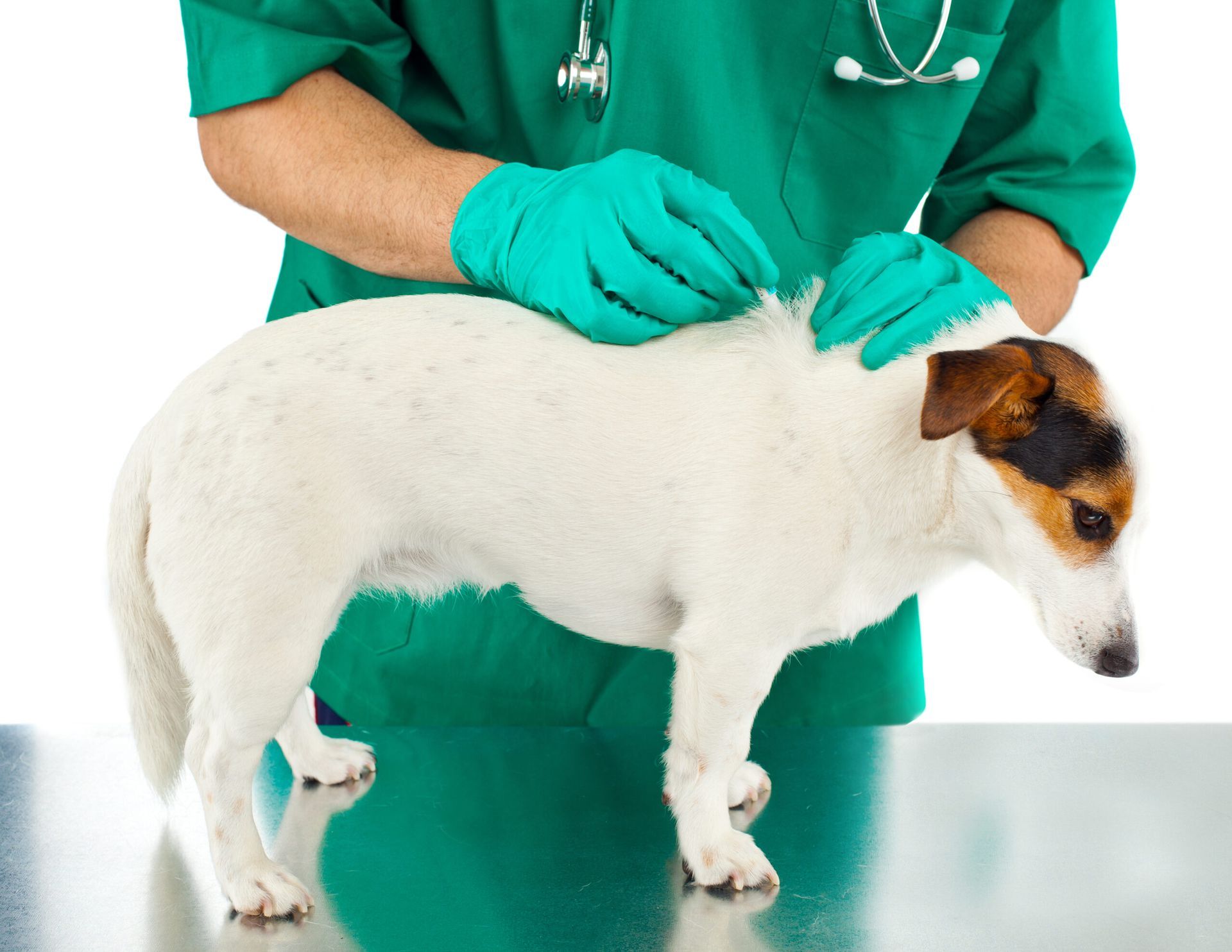
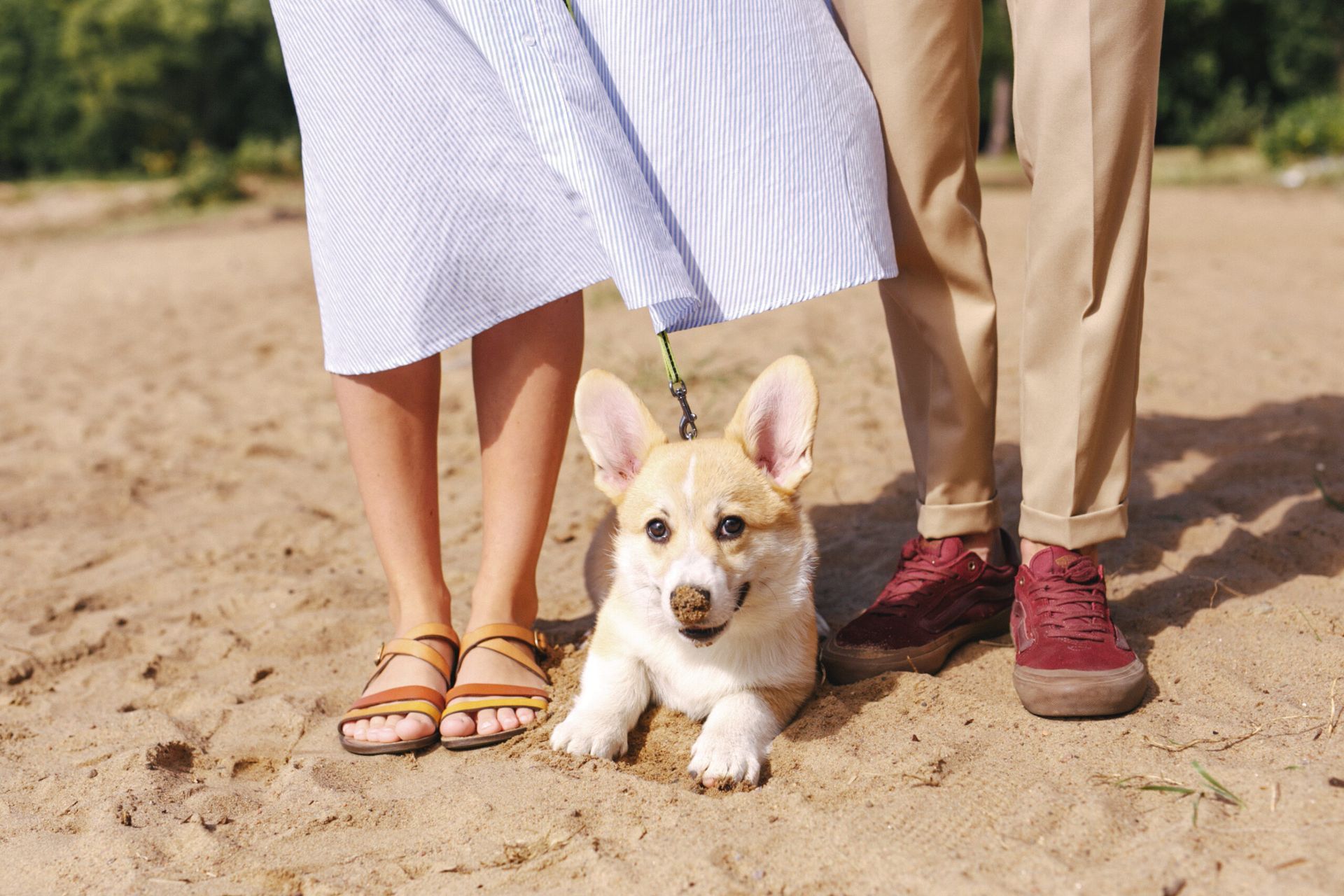
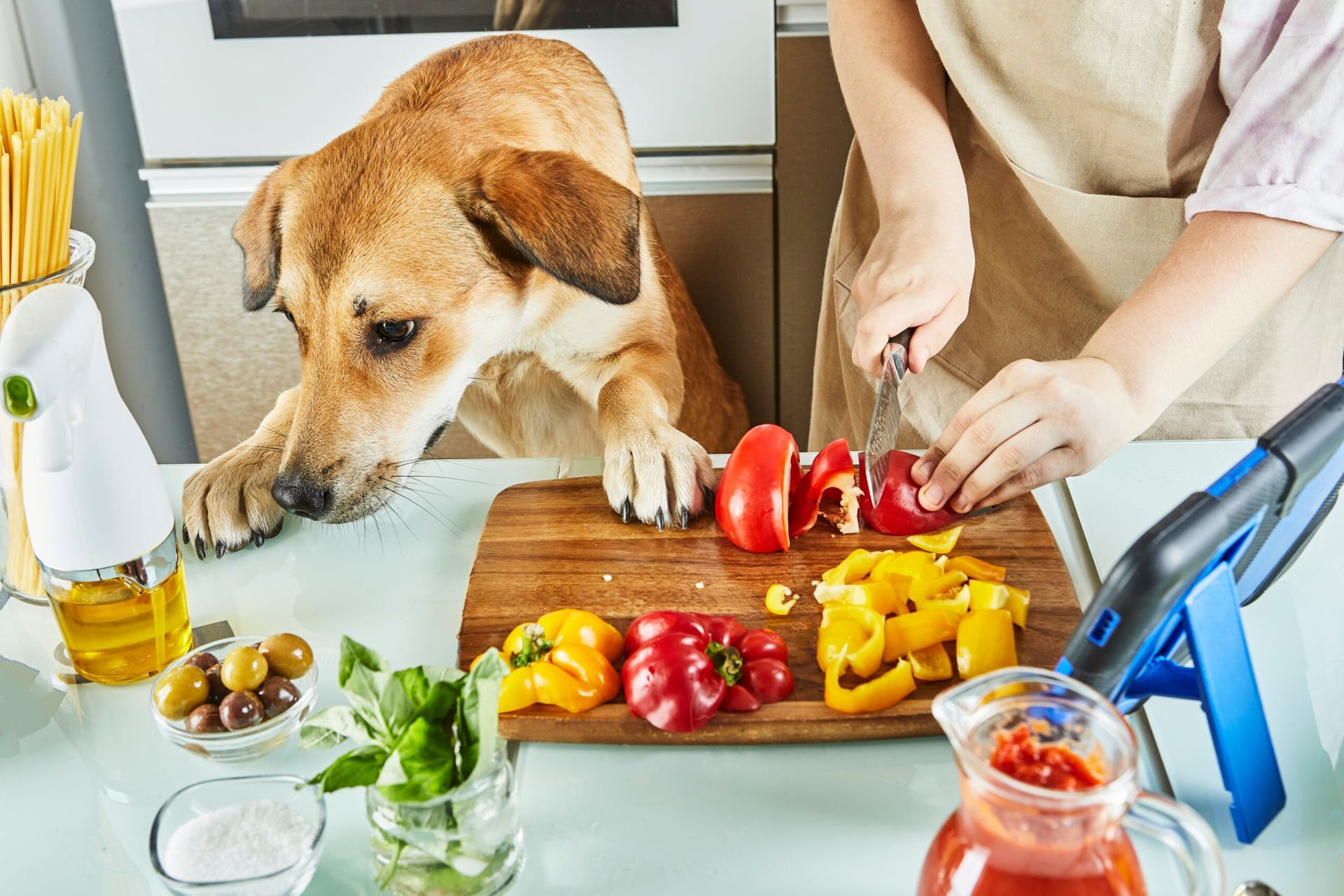
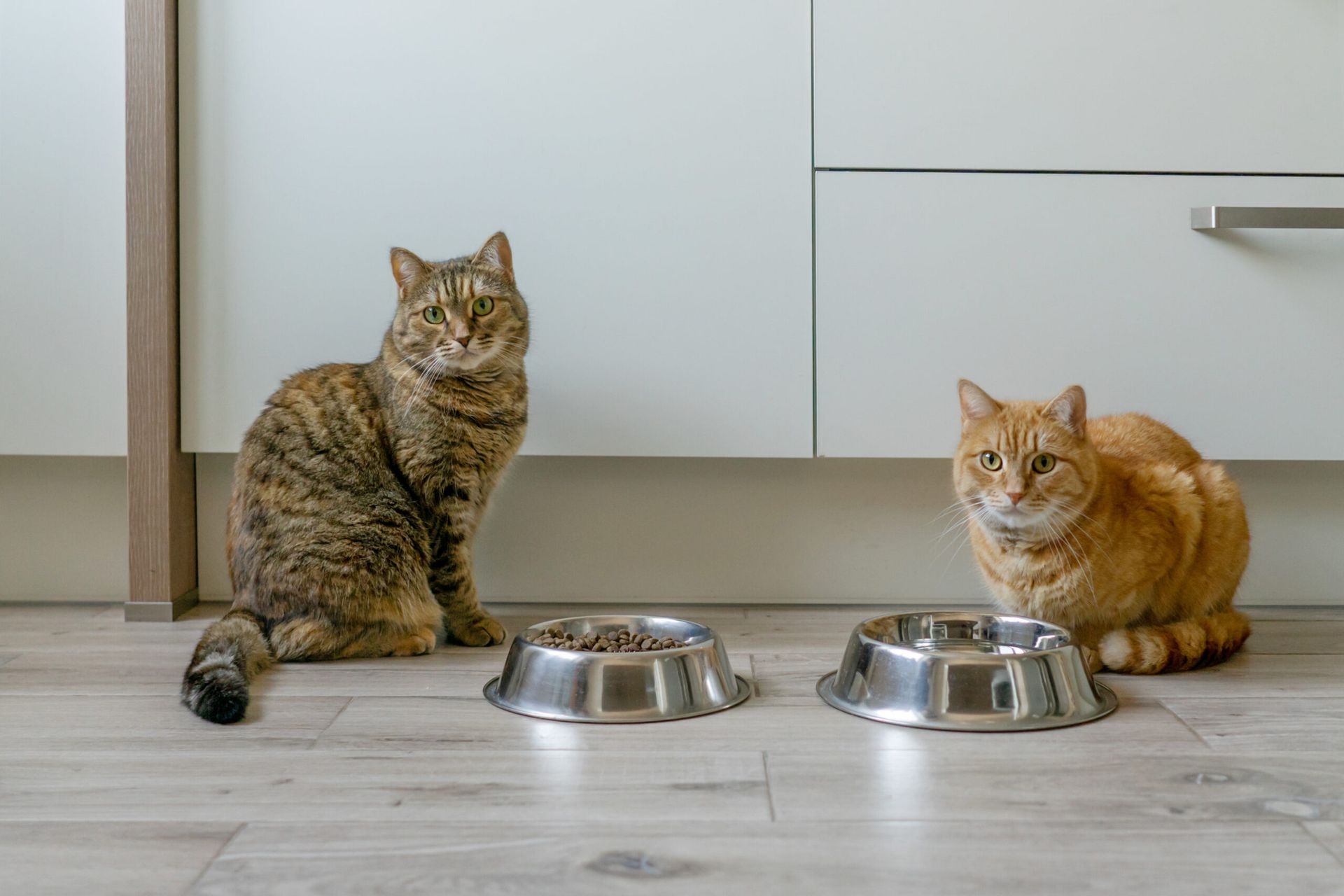

Visit Us
Business Hours
- Mon - Fri
- -
- Saturday
- -
- Sunday
- Closed
All Rights Reserved | Petinary
